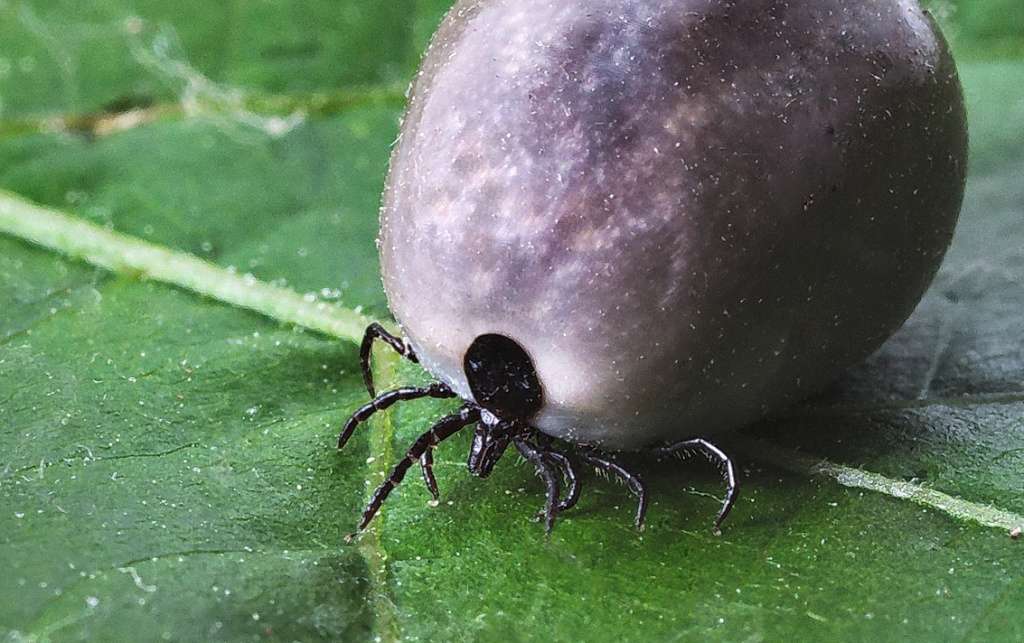
The size of the tick is not large at all. It is very difficult for a person without a microscope to notice it. This usually happens after the bite. Since after drinking blood, the tick increases and becomes more noticeable. The tick does not immediately crawl under a person’s skin. Once there, he crawls for a long time and looks for a more comfortable place. A part of the body where there is not thick skin. For example: neck, collarbone, groin, abdomen is often in such a place. The tick has been on the human body for more than 2 days. And more specifically 3-4 days. After he has drunk a lot of blood, it will fall off on its own.
The main danger
Usually, these insects is dangerous not by its bite. The main danger is that ticks drink blood from various animals. Therefore, they are carriers of many infectious diseases. After that, all the microbes get into the blood of the new victim. If the bite was not long and you immediately removed the tick, you need to remember that there is a risk of infection. Especially dangerous are infection with plague, tularemia.
What is the most dangerous period ?
The most you need to be afraid of meeting with a parasite in the summer and spring. Most often they occur in the morning and evening. Only in dark places, where there is light, they often do not happen. They live in wet grass, near where there are animals.
How to behave after a tick bite ?
The most important thing :
1)You can’t to remove the tick from the skin by squeezing. Otherwise, the result may be infection.
2)Pull out the parasite with tweezers or make a loop of thread. When the tick has already climbed too deep under the skin , you must first lubricate it with vegetable oil.
3)After you get rid of the tick, the lesion needs to be treated. This is usually done with alcohol or iodine.
4)Do not forget that after all the machinations, ideally, the tick needs to be burned.
How to protect yourself from a tick ?
It is necessary to avoid places with excessive grass vegetation. Remember that insects of this species usually live somewhere below. You won’t find them on trees. So you need to carefully monitor yourself as well as your pets.
You need to know that many representatives of the genus six-legged can pose a threat not only to humans. Keep an eye on your pets in nature. After a walk, carefully check their ears and neck for the presence of small black dots. Keep an eye on hygiene. For prevention, treat vulnerable areas with a special solution. In order to be completely calm about your health, it is recommended to take the test. This procedure will detect infection in case of side effects.
